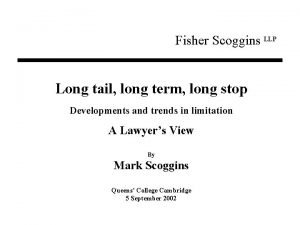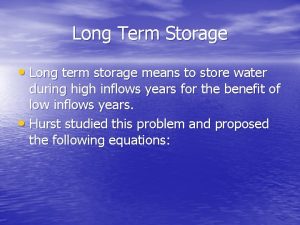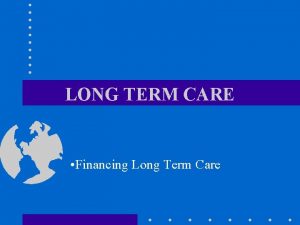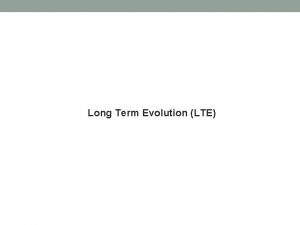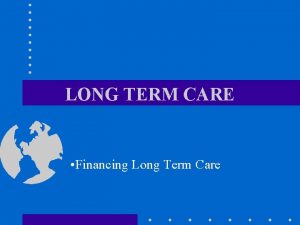Chapter 14 Climate Defining Climate Climate long term












- Slides: 12

Chapter 14 Climate

Defining Climate • Climate = long term weather patterns… – Averages and variations in temp. , precip. , wind, etc. • Normals: – 30+ year averages of daily high and low temp, rainfall, wind speed and wind direction, measured at a specific location – Normals are not necessarily usual weather conditions

Factors that Influence Climate • Latitude (north or south of the equator) • Topography (rain shadow effect) • Air masses

Climate Classification • Köppen’s classification system—based on temperature, precipitation, and vegetation – Tropical (high temp. year round) – Dry—largest area (low precipitation) – Mild (warm summers, cool winters) – Continental (warm summers, cold winters) – Polar—also highlands (low temp. year round)

Microclimates • Microclimate—small localized climate • Heat Islands

Long-Term Climate Changes • Ice ages—currently we are in an interglacial period.

Short-Term Climate Changes • The reason for the seasons: axial tilt

Short-Term Climate Changes • El-Niño—changes in southern Pacific Ocean with global effects • Volcanoes tend to decrease global temperatures

Natural Causes of Climate Change • Solar/sunspot activity— 11 year cycle • Maunder minimum: low sunspot activity from 1645 to 1716 corresponds to “Little Ice Age. ” • Long-term changes in Earth’s orbit, tilt, and wobble cause cycles in temperature (ice ages)


Natural greenhouse effect • NOT related to the hole in the ozone layer!

Impact of Human Activities • Anthropogenic climate change (global warming) • Increase in carbon dioxide (CO 2) in the atmosphere due to: – Burning fossil fuels – Deforestation
 What is defining and non defining clause
What is defining and non defining clause Relative clauses defining and non defining
Relative clauses defining and non defining Defining non defining relative clauses
Defining non defining relative clauses Defining relative clause meaning in telugu
Defining relative clause meaning in telugu Relative clauses
Relative clauses Prepositions in relative clauses
Prepositions in relative clauses Short, medium and long term planning in education
Short, medium and long term planning in education Long term memory vs short term memory
Long term memory vs short term memory Example of short term human resources
Example of short term human resources Difference between long term and short term liabilities
Difference between long term and short term liabilities Accounting for serial bonds
Accounting for serial bonds Example of short term goal
Example of short term goal Short term finance planning
Short term finance planning













